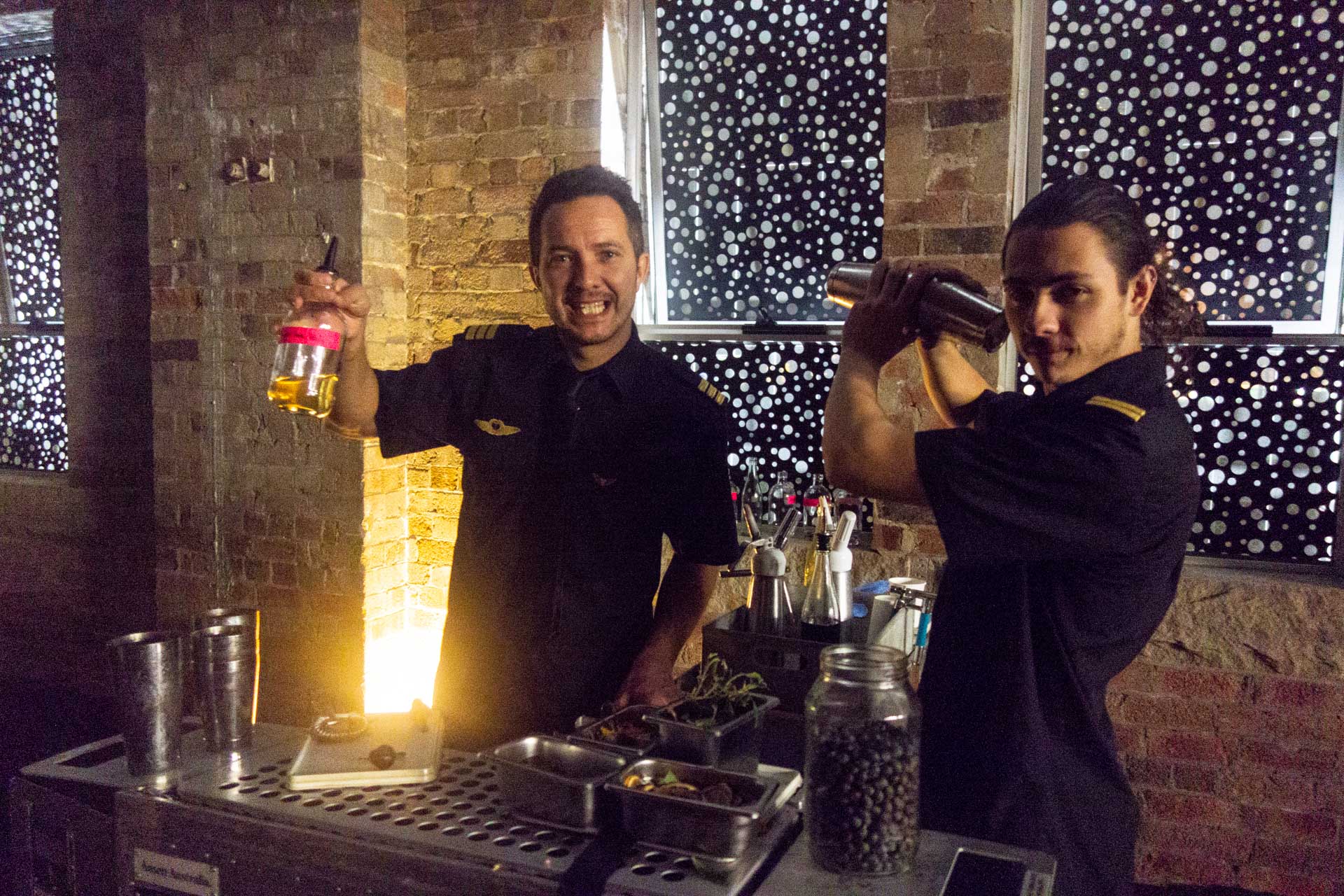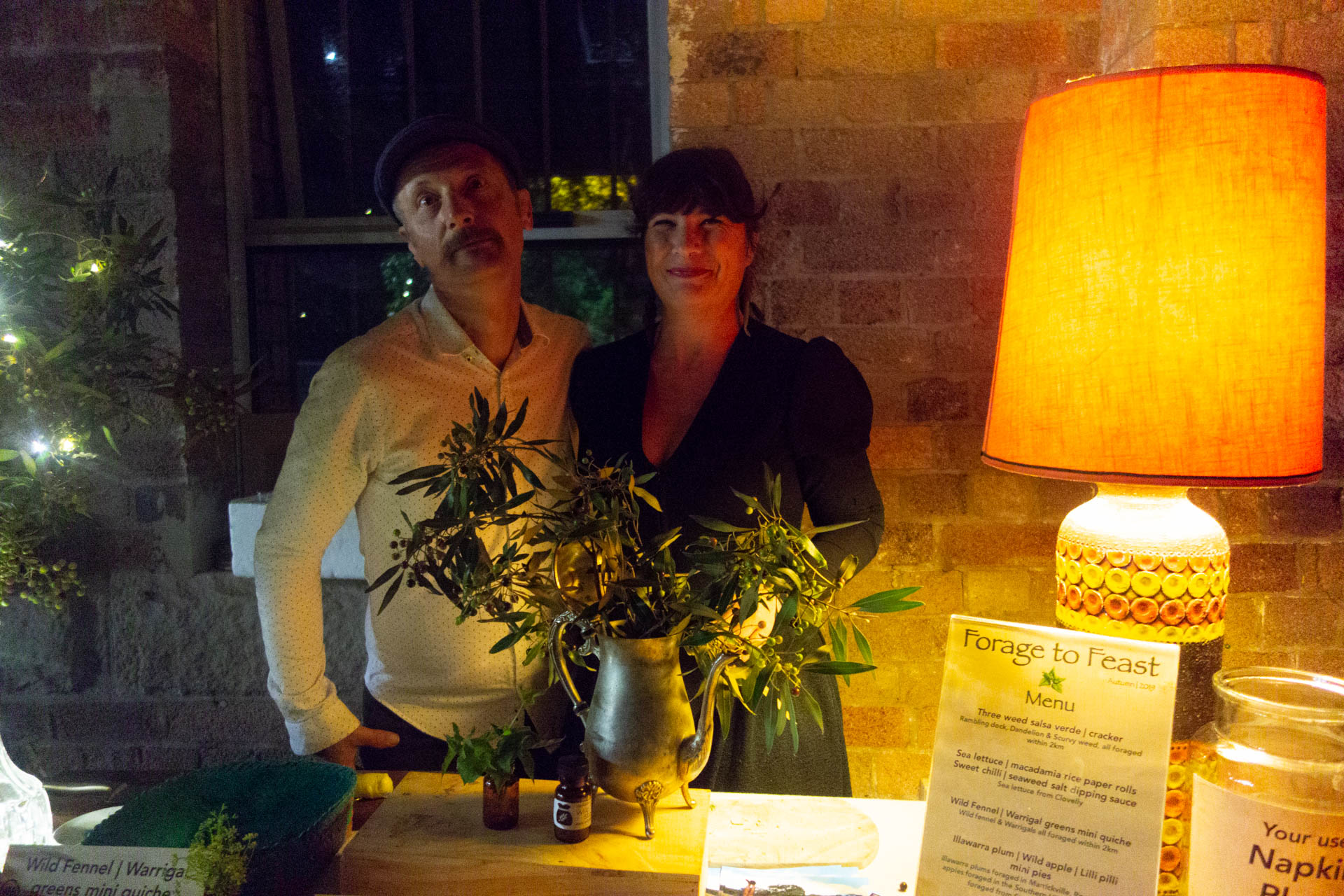Our latest video on the artist, farmer, scientist journey: this one is about the humus project.
Groundswell Gallery for September 7, 2019
Dirt → soil → earth: the art of building life.
KSCA, Costa, Cocktails and Conversations at Carriageworks with Kaldor Public Art Projects
by Alex Wisser
On Sunday May 20 we gathered with around a hundred lost souls on the rich material of absorption, an installation of 300 tonnes of soil by Asad Rasad, a Kaldor Public Art Project at Carriageworks in Sydney’s inner west. We gathered to talk about soil and our Artist Farmer Scientist project.
We were fortunate enough to have Costa Georgiadis lead our conversation between artist Ian Milliss, farmer Erika Watson (Epicurean Harvest), scientist Tim Cavagnaro (University of Adelaide) and Imogen Semmler (who insisted throughout the night that she was neither artist, scientist, or farmer - though she has been called all three of these things by other people at various times). Having been a passenger on the long journey of the “Artist, Farmer, Scientist” project, this conversation marked for me a hallmark, in which the three ‘participants’ seemed to join in dynamic conversation. Tim Cavagnaro is a leader in the field of soil ecology and brought with him not only a wealth of scientific knowledge, but also a developed consideration of how that knowledge might be helpfully disseminated to a broader community beyond the sciences. His position at The School of Agriculture, Food and Wine also made his presence particularly pertinent as the inability of traditional science to integrate, think about and engage with complexity has been a running theme presented by the subject matter we are studying. Science isn’t great at complexity, preferring instead to narrow in on single phenomena, reduced to a minimum of interactions within highly controlled environments. Ecology is impossible to study by this method and so Tim’s work and much of his discourse centred around how science can meaningfully grasp complexity without loosing its rigour as science. To make this point, he brought out the story of an irate farmer who once complained that scientists learned everything they knew by growing plants in pots and then presumed to lecture farmers on how to farm entire landscapes.
The theme for the night, to reduce the discussion for convenience, seemed to revolve around scales of relationship. From the dwarfing relationship of a farmer to the land, to the scales of complexity that exist in the biodiversity of a teaspoon of soil, or the 800 sq meters of surface area in a teaspoon of clay to the effects of facing the immensity of global climate change, or the vast intimidating prospect of attempting to mobilise a global population to compel political change. It made me realise that it is not only science that lacks the tools for comprehending, or even relating to, acknowledging or grasping complexity and scale, but that we as a society are pretty shit at it too. In our secular ambition, we have lost our interface with anything vast enough to escape our ability to know it. It is a real problem, and one that was too large for us to answer on the night.
One suggestion did come from Imogen Semmler, when asked about whether we were doing enough to make significant change. She answered that she works on one paddock at a time - that the thought of attempting to change the whole world is simply overwhelming, but that she can effectively work with one farmer on fixing one paddock at a time, and that hopefully this, along with everyone else working on whatever paddock (literal or metaphorical) that they happened to be standing in, might accumulate enough effect to create significant change.
Thank you to Kaldor Public Public Art Projects, Carriageworks, and Costa Georgiadis
and thankyou to these guys at Trolly’d who worked with our very own Diego Bonetto to produce some brilliant foraged weed infused cocktails:
and thankyou to these two beautiful people for the delicious food from Forage to Feast, Diego Bonetto and Marni Fox.
The soil architects
Baking Dirt: Soil and the Carbon Economy
Carbonising the students of Bingara
Did you just say "gel matrix" ???
The residencies begin...
Well we’ve begun the journey. KSCA artists Laura Fisher, Jono Bolitho, Georgina Pollard and myself arrived at The Living Classroom to begin our residencies and artworks, engage with the local community and deliver workshops that focused on the role of carbon in the environment and the production of food.
What is humus?
by Laura Fisher
This is the first blog post for the collaborative project humus:human, which involves myself, artist Jono Bolitho, and farmer Glenn Morris.
How did this project come about? In 2017, members of KSCA visited Billabong, the organic grazing property Glenn manages in Inverell. We knew Glenn because he had attended Futurelands2, and also because he was a bit famous for riding his horse Hombre across the Sydney Harbour Bridge in protest against NSW land clearing laws (see here and here).
At Billabong we were hosted to a beautiful lunch with his wife Katrina, which featured Glenn’s own organic produce, and toured around to meet his very happy cows and pigs, and learnt about the work he’d done to regenerate the property. It was an amazing experience for all of us, and helped us understand what ‘regenerative agriculture’ really looks like in practice.
Glenn talked passionately about humus, and about how it was key to the regenerative work he’d done. Eloise wrote a little blog post about this here.
I knew nothing about humus, and started to look into it - Glenn gave me some advice on what to read. He had done extensive research during his Masters in Sustainable Agriculture, and told me the best writing on humus came from soil science that predates the mass take-up of industrial farming methods that rely upon synthetic fertilisers and pesticides (which is most agriculture today).
So I read bits and pieces of writing by people like Selman Waksman, the pioneering microbiologist and biochemist. In his 1936 book Humus: Origin, Chemical Composition and Importance in Nature, he writes that humus ‘probably represents the most important source of human wealth on the planet. Nature has stored… a vast amount of readily available energy, a large part of the carbon needed for life processes, and most of the combined nitrogen, so much needed for plant growth’.
The crux of it seems to be that in healthy soils, humus is both produced by, and a kind of infrastructure for, a whole universe of microorganisms that are circulating minerals and nutrients among themselves, as well as oxygen and water molecules, as well as various bio-chemical reactions and so on. The starting point for understanding humus is photosynthesis, the process by which plants convert carbon in the atmosphere - the sun's energy - into food. They use this food to build their bodies both above and below ground, but they ALSO pump a lot of it into the soil via their roots, where it is traded with microorganisms for other nutrients that the plant needs. So the carbon becomes a kind of chemical energy that fuels the fertility of soil.
Which is not to say that I now feel I understand humus. The wikipedia entry on it is oddly reassuring on this front:
“It is difficult to define humus precisely because it is a very complex substance which is not fully understood. Humus is different from decomposing soil organic matter. The latter looks rough and has visible remains of the original plant or animal matter. Fully humified humus, on the contrary, has a uniformly dark, spongy, and jelly-like appearance, and is amorphous; it may gradually decompose over several years or persist for millennia. It has no determinate shape, structure, or quality. However, when examined under a microscope, humus may reveal tiny plant, animal, or microbial remains that have been mechanically, but not chemically, degraded. This suggests an ambiguous boundary between humus and soil organic matter. While distinct, humus is an integral part of soil organic matter.”
There's something very appealing about diving into a topic that an expert community agrees "is not fully understood". Time to bring in the artists I say! Glenn, unlike the rest of us, seems not to be confused about humus. Last year I asked him to define it for me, and I'm so glad I recorded our conversation. He held an imaginary handful of it, feeling its texture and said this:
“So we’ve got the organic matter breaking down, the lignin material, we’ve got the organic compounds, the sugars coming through the root system, we’ve got all sorts of other soil life breaking down, dying, reproducing, the microbes, the fungus, the sugars, so the whole lot is interacting, and then, they’re bonding with the cations in the soil, so you get a bridging effect between the humus and the clay particles in the soil, so all of this is forming what we call stable humus. It’s a very complex situation.”
Yes. It sounds like a very complex situation indeed.
The transformation of Billabong


























